Elbow-Inside
The Stainless 304 Erosion Shield Protector Elbow is specifically designed for high-temperature and erosion-prone environments.
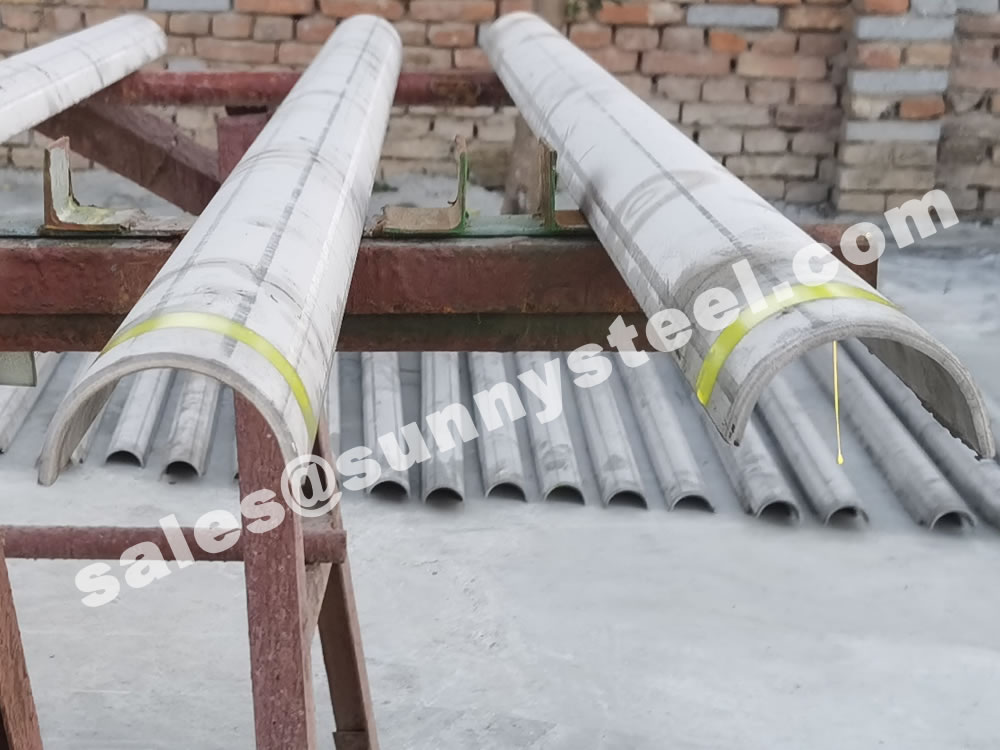
Stainless 304 tube shields are made of 304 stainless steel and can be customized to fit perfectly straight sections, curved sections and even finned and specialty tubes.
Download PDFStainless 304 tube shields are made of 304 stainless steel and can be customized to fit perfectly straight sections, curved sections and even fins and specialty tubes.
All these years have enhanced our capabilities and enabled us to produce all kinds of standard tube shield as well as custom snap rings as per customer’s specifications. We have numerous combinations of sizes readily available in large number of stocks and can fabricate custom sizes according to customer’s requirement.
304 Stainless is a low carbon (0.08% max) version of basic 18-8 also known as 302. Type 302 has 18% chromium and 8% nickel.
ASTM A213 TP304 Stainless Steel Seamless Tube is manufactured by seamless process used in high pressure environment, stainless steel TP304 grade is the most used material due to its high strength and excellent corrosion resistance.
Type 304 has slightly lower strength than 302 due to its lower carbon content. Type 304 finds extensive use in welding applications because the low carbon permits some exposure in the carbide precipitation range of 800°F – 1500°F without the need for post-annealing operations.
There are hundreds of different grades of stainless steel on the market. Each of these unique formulations of stainless steel offer some degree of corrosion resistance above and beyond that of plain steel.
The existence of these stainless steel variants can cause some confusion—especially when the names & formulations of two stainless steel alloys are almost the same. This is the case with grade 304 and 304L stainless steel.
| Element | Percentage by Weight Maximum Unless Range is Specified | ||
|---|---|---|---|
| 304 | 304L | 304H | |
| Carbon | 0.08 | 0.030 | 0.04-0.10 |
| Manganese | 2.00 | 2.00 | 2.00 |
| Phosphorus | 0.045 | 0.045 | 0.045 |
| Sulfur | 0.030 | 0.030 | 0.030 |
| Silicon | 0.75 | 0.75 | 0.75 |
| Chromium | 18.00 20.00 |
18.00 20.00 |
18.00 20.00 |
| Nickel | 8.0 10.50 |
8.0 12.00 |
8.0 10.5 |
| Nitrogen | 0.10 | 0.10 | 0.10 |
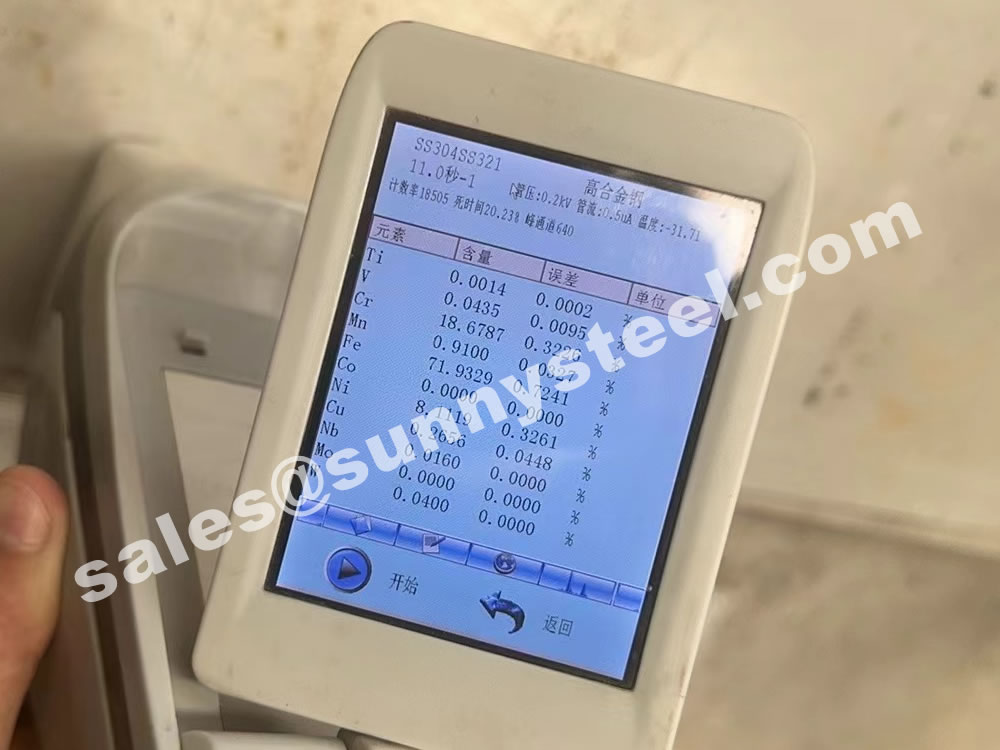
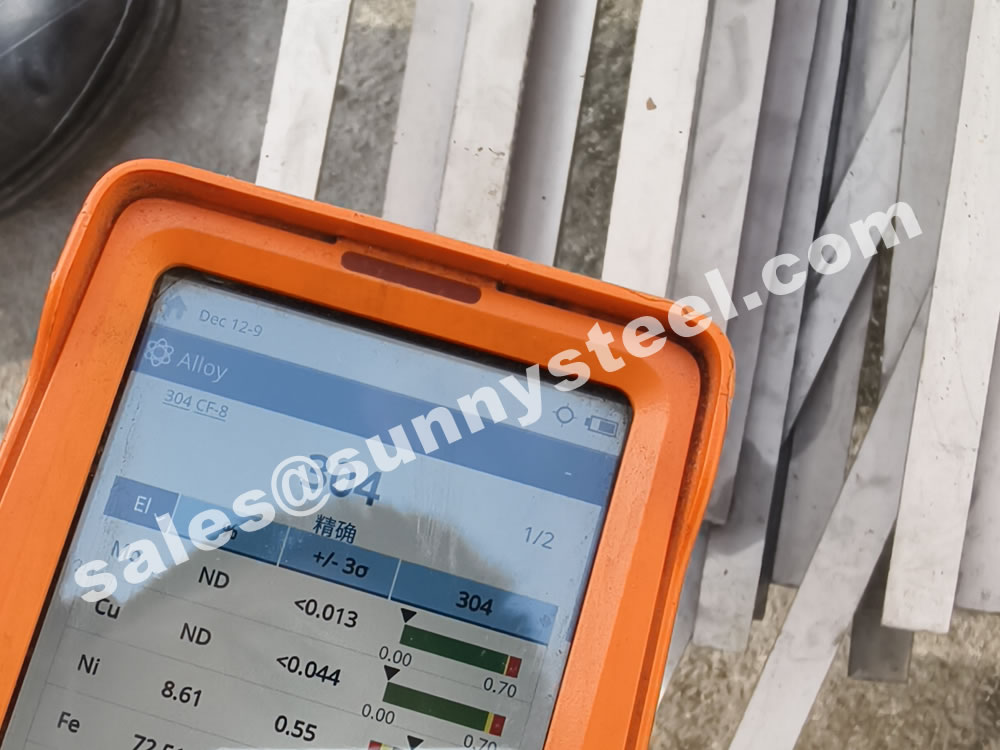
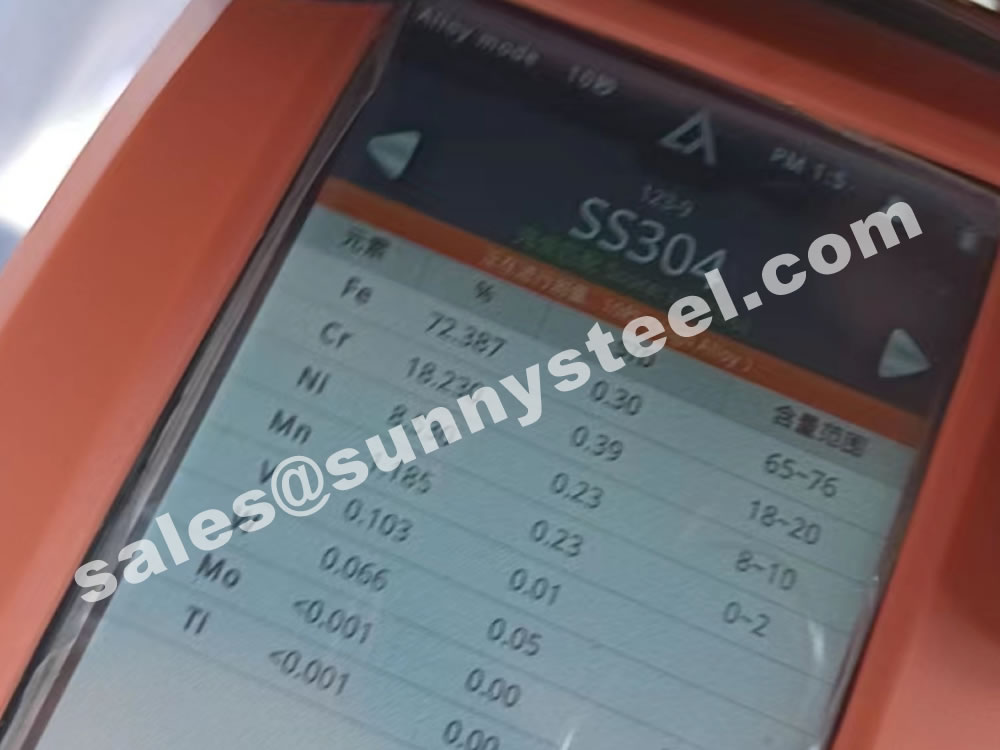
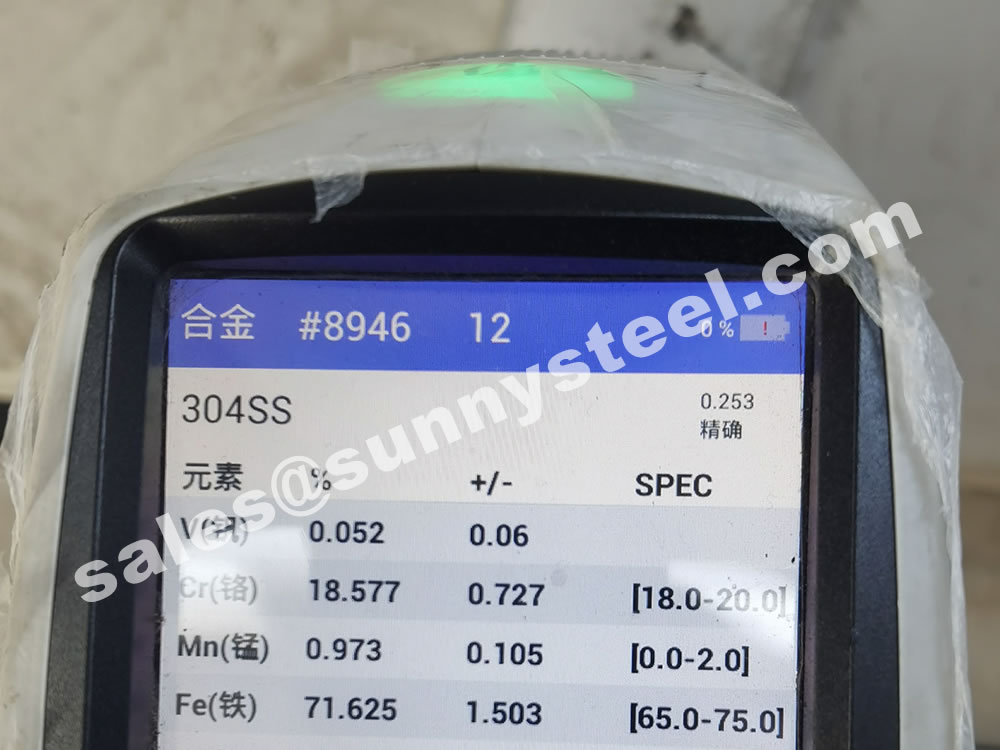
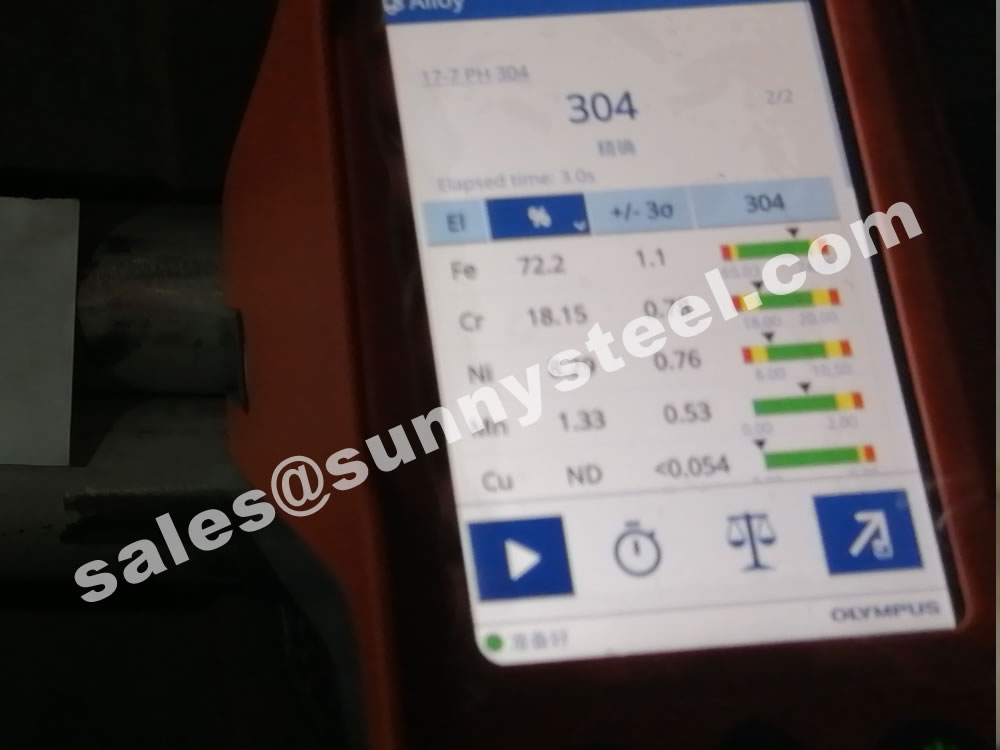
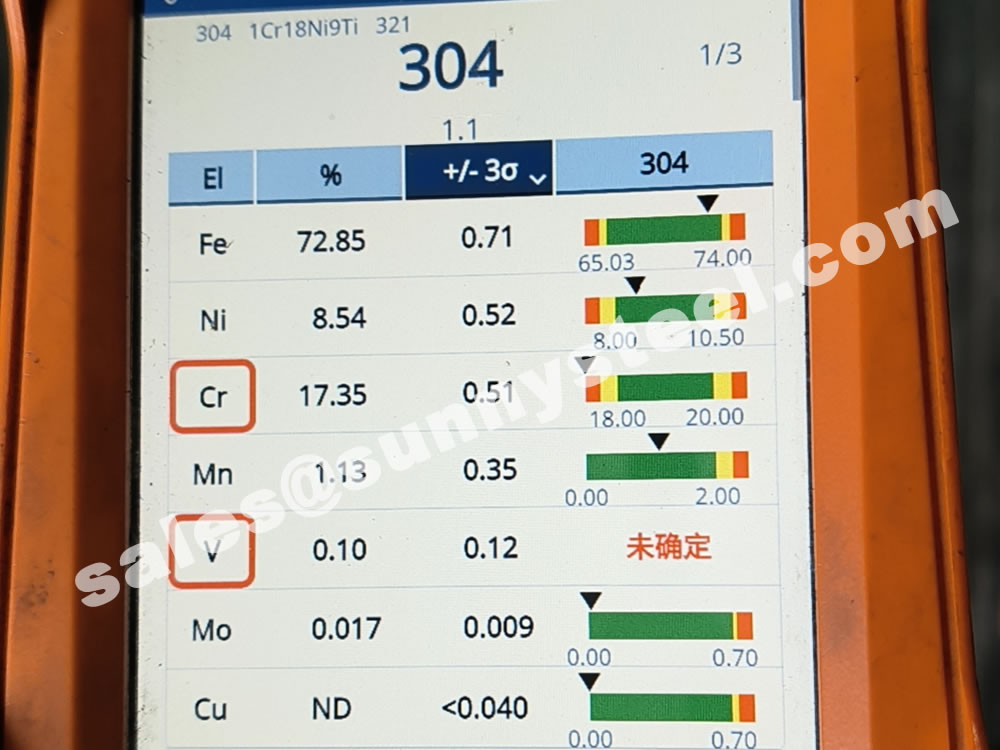
These three alloys are remarkably similar—but there is one key difference. In grade 304 stainless, the maximum carbon content is set at 0.08%, whereas grade 304L stainless steel has a maximum carbon content of 0.03%. The “L” in 304L can be interpreted as meaning extra-low carbon.
This difference of 0.05% carbon content produces a slight, but marked, difference in the performances of the two alloys.
| Grade | Tensile Strength Rm N/mm² |
Yield Strength Rp 0.2, N/mm² | Elongation (%) |
|---|---|---|---|
| 304 Annealed | 500-700 | 195 | 40 |
| 304L Annealed | 460-680 | 180 | 40 |
| Data | Metric | English |
|---|---|---|
| Density | 8 g/cc | 0.289 lb/in³ |
| Hardness, Brinell | 123 | 123 | Converted from Rockwell B hardness. |
|---|---|---|---|
| Hardness, Knoop | 138 | 138 | Converted from Rockwell B hardness. |
| Hardness, Rockwell B | 70 | 70 | |
| Hardness, Vickers | 129 | 129 | Converted from Rockwell B hardness. |
| Tensile Strength, Ultimate | 505 MPa | 73200 psi | |
| Tensile Strength, Yield | 215 MPa | 31200 psi | at 0.2% offset |
| Elongation at Break | 70 % | 70 % | in 50 mm |
| Modulus of Elasticity | 193 - 200 GPa | 28000 - 29000 ksi | |
| Poissons Ratio | 0.29 | 0.29 | |
| Charpy Impact | 325 J | 240 ft-lb | |
| Shear Modulus | 86 GPa | 12500 ksi |
| Electrical Resistivity | 7.2e-005 ohm-cm | 7.2e-005 ohm-cm | at 20°C (68°F); 1.16E-04 at 650°C (1200°F) |
| Magnetic Permeability | 1.008 | 1.008 | at RT |
Grade 304L has a slight, but noticeable, reduction in key mechanical performance characteristics compared to the “standard” grade 304 stainless steel alloy.
Typical specifications for 304 Plate and 304L Stainless Steel Plate are ASTM A-240, ASME SA -240 and A666.
304 stainless steel,also known as 18/8 stainless steel, European norm 1.4301, is the most common stainless steel. The steel contains both chromium (usually 18%) and nickel (usually 8%) metals as the main non-iron constituents. It is an austenite steel. It is not very electrically or thermally conductive, and is non-magnetic. It has a higher corrosion resistance than regular steel and is widely used because of the ease in which it is formed into various shapes.
Grade 304L is the low carbon version of 304. It does not require post-weld annealing and so is extensively used in heavy gauge components.
Design Features - Stainless Steel 304/304L
Typical Applications - Stainless Steel 304/304L
Tensile Requirements - Stainless Steel 304/304L
304 Stainless Steel Plate has very good formability and can be readily welded by all common methods.
Our precision machinery and state of the art facilities enables us to produce these 304 tube shield in superior quality and precise dimensions. All these years have enhanced our capabilities and enabled us to produce all kinds of standard tube shield as well as custom snap rings as per customer’s specifications. We have numerous combinations of sizes readily available in large number of stocks and can fabricate custom sizes according to customer’s requirement.
In common with other austenitic stainless steels, 304 grade has strong work hardening characteristics. Clearly, in some cases, this can be an advantage, but generally, it is an issue to be considered carefully.
If it is likely to be an issue, discussion with the producer can be valuable as minor variations to the precise composition and process can have benefits.
Where heavy sections have to we welded, post-weld annealing may be necessary to restore corrosion resistance.
The cross-sectional shape of boiler tube erosion shields is mostly semi-circular (180 degrees), and there are also 120-160 degrees. It is mainly used on finned tubes (water-cooled walls); boiler tubes erosion shields are divided into direct wear-resistant shields, in-curve anti-wear shields, outer-curve anti-wear shields, side-curve anti-wear shields, s-curve anti-wear shields, etc. The length of the straight anti-wear shields ranges from 20mm to 3000mm, and the general length of 1000-2000mm is commonly used. The anti-wear shields with bends generally requires a processing, drawing and the following parameters should be on the drawing: outer diameter of the pipe used, bending of the pipe radius r (to the centre of the pipe), the degree of bending angle, and the length of the straight sections on both sides of the arc segment of the wear-resistant shields.
The most basic parameter of boiler tube erosion shields is the outer diameter of the tube used (that is, the inner diameter of boiler tubes erosion shields). The main specifications of the tube are: 32, 38, 42, 44.5, 48, 51, 57, 60, 63.5 , 76, 89mm, etc .; the inner diameter of the boiler tubes erosion shields is usually 1-3mm larger than the outer diameter of the tube used, depending on the actual requirements.
Alloy 304 a T-300 series stainless steel austenitic, which has a minimum of 18% chromium and 8% nickel. Type 304 has a maximum carbon of 0.07% . It is the standard “18/8 stainless” that is commonly found in pans and cooking tools. Alloy 304 is the most versatile and widely used alloy in the stainless steel family. Ideal for a wide variety of home and commercial applications, Alloy 304 exhibits excellent corrosion resistance and has a high ease of fabrication, outstanding formability. The austenitic stainless steels are also considered to be the most weldable of the high-alloy steels and can be welded by all fusion and resistance welding processes.
Specifications: UNS S30400
The cross-sectional shape of boiler tubes shields is mostly semi-circular (180 degrees), and there are also 120-160 degrees.
It is mainly used on finned tubes (water-cooled walls); boiler tube erosion shields are divided into direct wear-resistant shields, in-curve, anti-wear shields, outer-curve, anti-wear shields, side-curve anti-wear shields, s-curve anti-wear shields, etc.
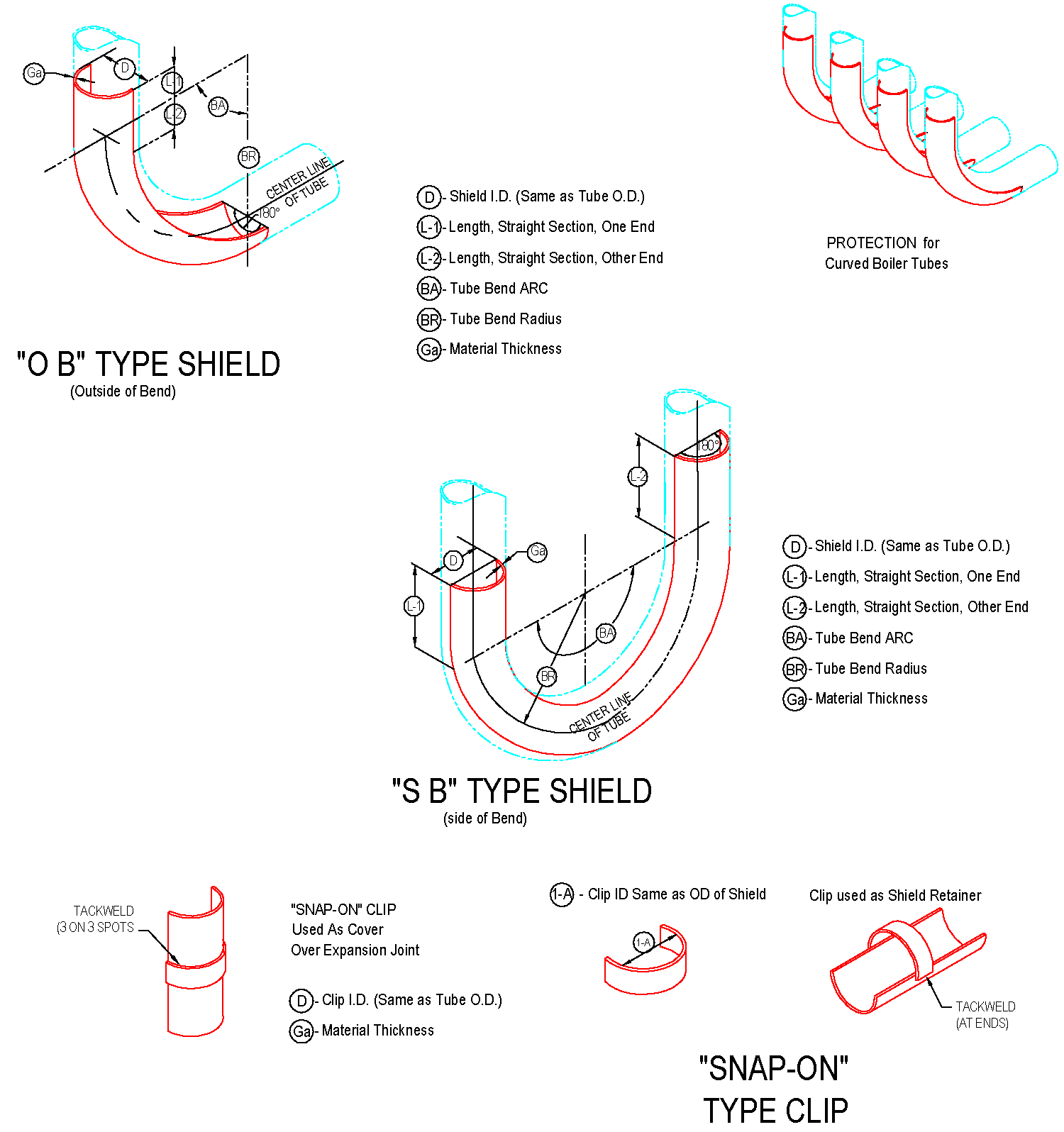
The length of the straight anti-wear shields ranges from 20mm to 3000mm, and the general length of 1000-2000mm is commonly used. The anti-wear shields with bends generally requires a processing drawing and the following parameters should be on the drawing: outer diameter of the pipe used, bending of the pipe Radius R (to the center of the pipe), the degree of bending angle, and the length of the straight sections on both sides of the arc segment of the wear-resistant shields.
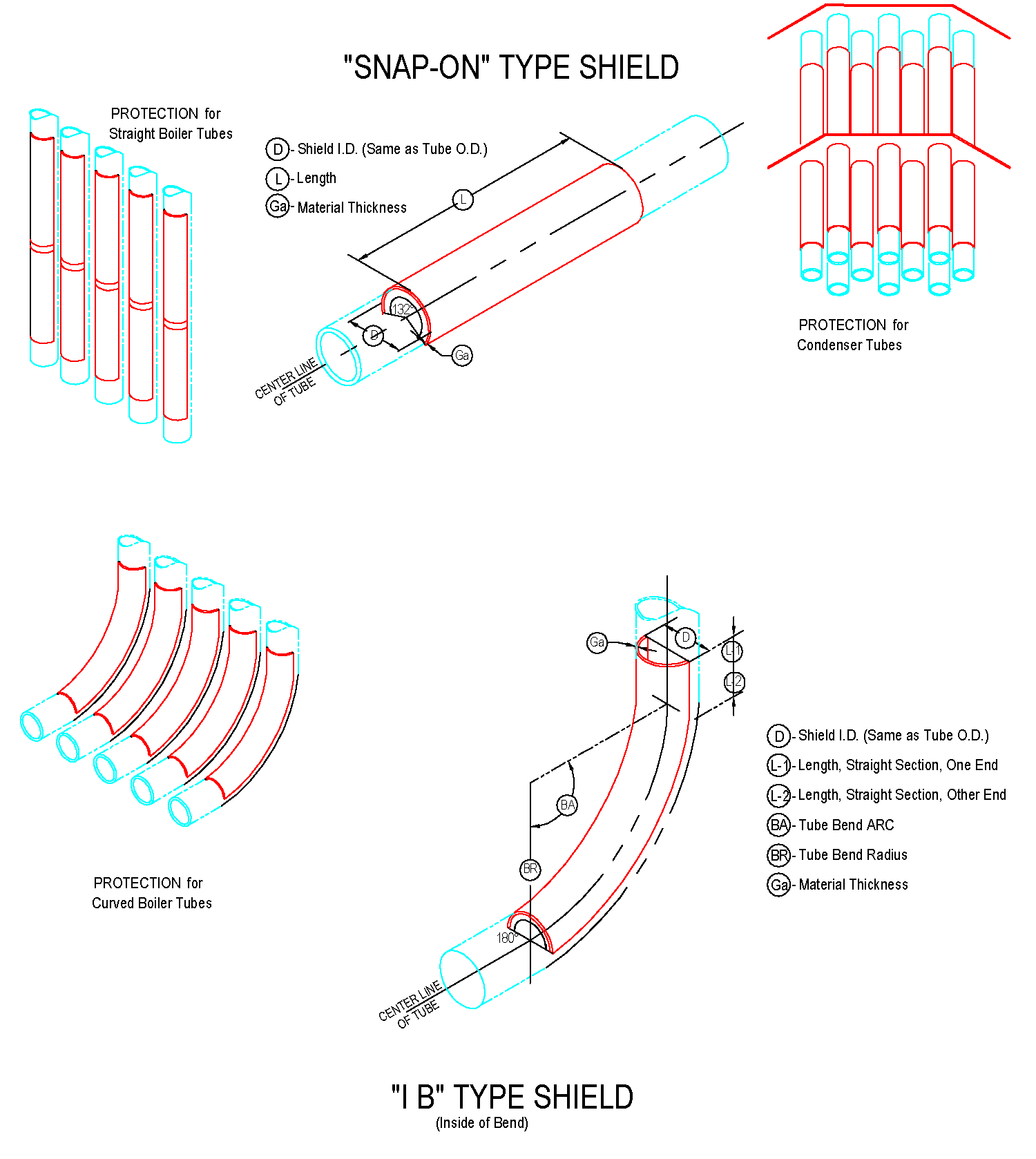
The most basic parameter of boiler tubes shields is the outer diameter of the tube used (that is, the inner diameter of boiler tubes erosion shields). The main specifications of the tube are: 32, 38, 42, 44.5, 48, 51, 57, 60, 63.5 , 76, 89mm, etc . the inner diameter of the boiler tubes erosion shields is usually 1-3mm larger than the outer diameter of the tube used, depending on the actual requirements.
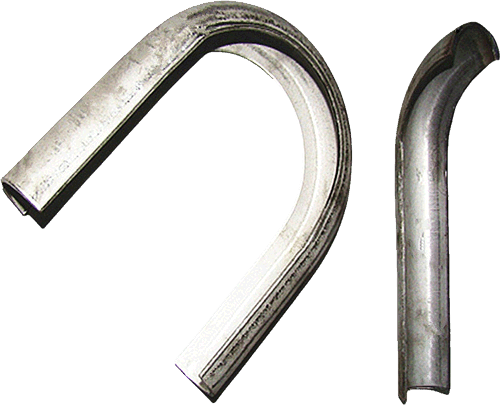
The current production process for tube shields is to use high-pressure presses and professional moulds for pressing.
Tube shields from us are manufactured to exacting standards. Advanced equipment and material handling capabilities permit us to offer the fastest turnaround times anywhere.
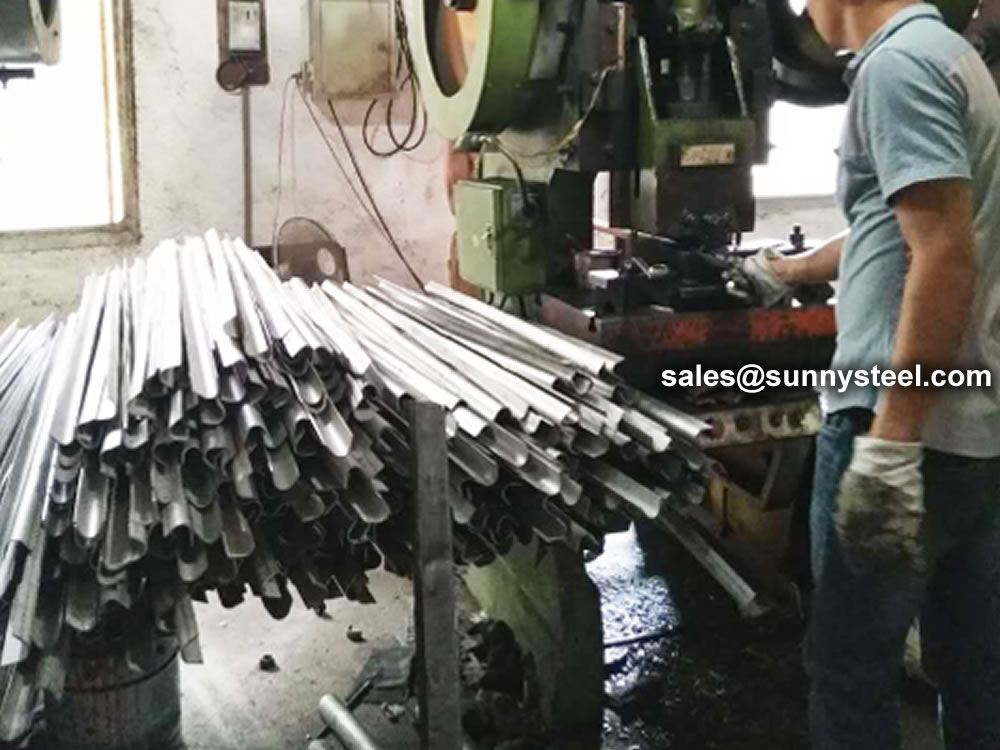
The current production process for tube shields is to use high-pressure presses and professional moulds for pressing.
The production time is short, the welding performance is good, the welding seam does not fall off, the surface is smooth and the appearance is beautiful. The arc-shaped wear-resistant tile is pressed on a press or bent on a pipe bender with a special mould.
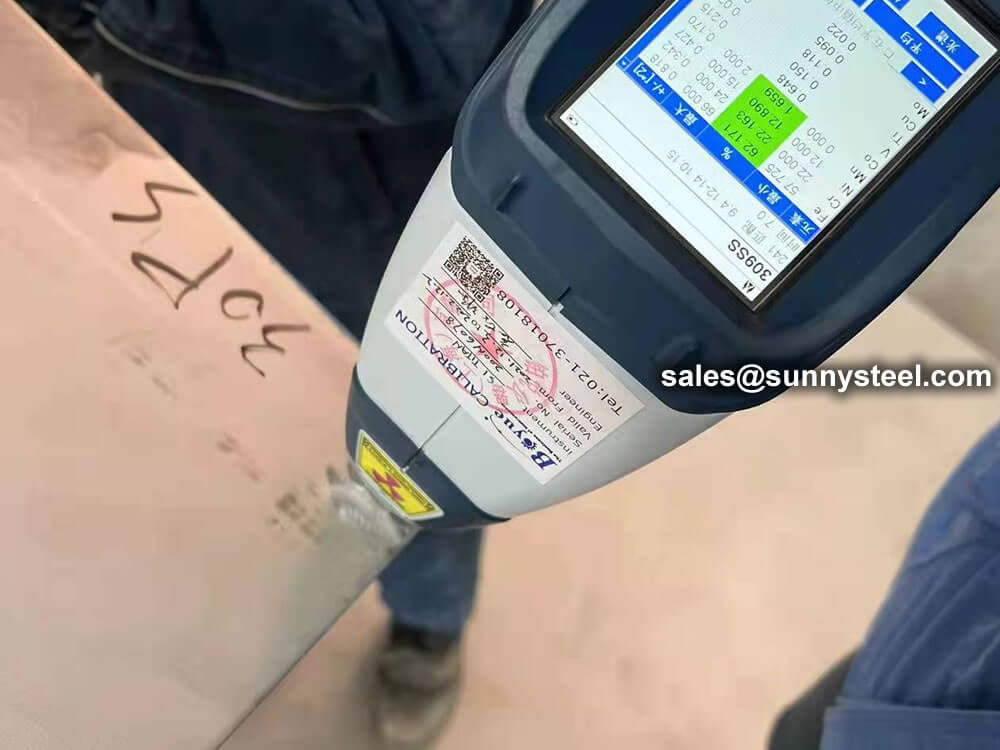
To ensure the accuracy of the material. Positive Material Identification (PMI) of stainless steel sheets for tube shields is critical to verifying the grade and composition of stainless steel before it goes into production.
The raw materials for the production of tube shields are generally purchased directly from standard steel mills, and each batch has an MTC. Due to the sharpe limitations of raw materials, it is inevitable that excess materials will be produced. We can use the excess material to make a smaller size snap ring.

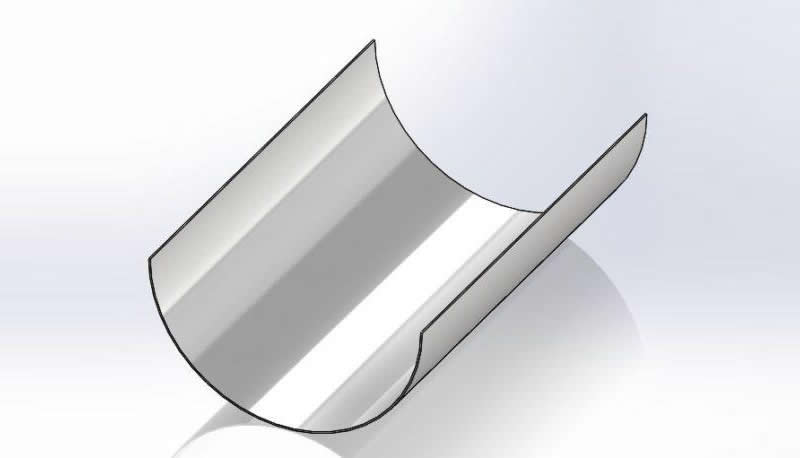
Different types of stainless steel are selected according to the specific conditions of different working conditions.
The boiler was originally designed to be accurate. Different materials have different temperature resistance and mechanical strength, generally has a temperature resistance of 600 ℃ or less.
We can also supply boiler tubes erosion shields of other materials.
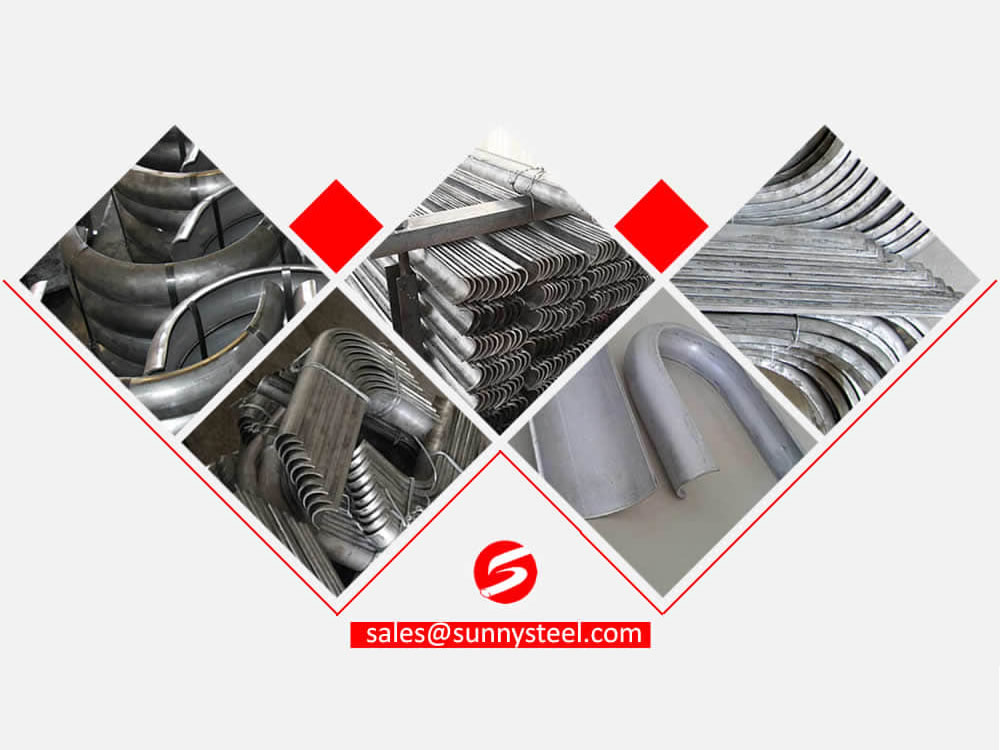
Tube shields are custom made to fit perfectly to straight sections, curved sections and even finned and specialised tubing.
Boiler tube erosion shields, also known as anti-corrosion shields, anti-wear plate, anti-wear protection shields, anti-wear cover plate, anti-corrosion cover plate, boiler climbing pipe, anti-wear pressure plate, etc. , which are used in combination with snap rings.
Boiler tube erosion shields are produced using a high-pressure press and professional mould pressing. The production time is short, the welding performance is good, the welding should not fall off, the surface is smooth, and the appearance is beautiful. Boiler tube erosion shields with bends are formed by pressing on a press or bending with a special abrasive on a tube bender.
Boiler tube shields are designed to eliminate major maintenance and downtime costs from boiler and condenser tube failure.
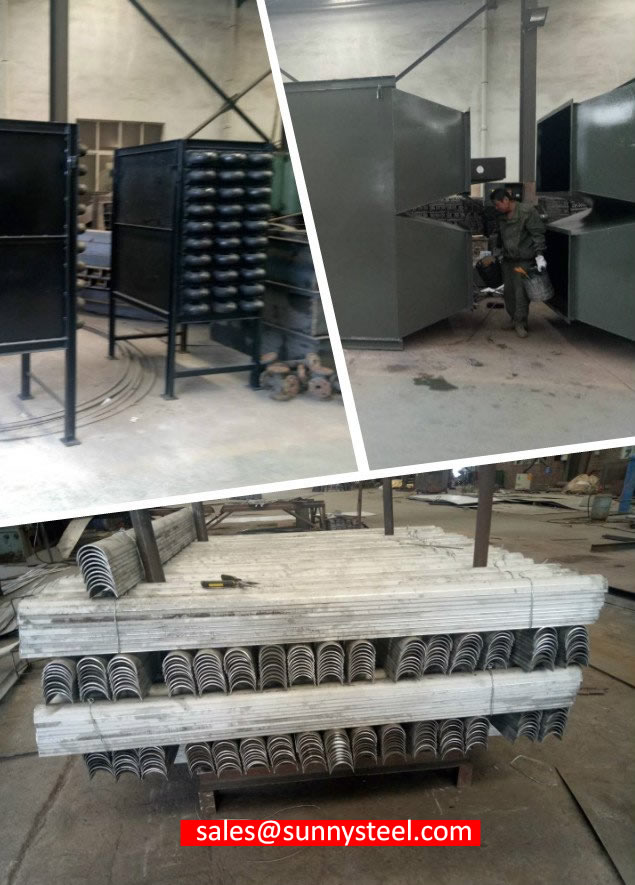
The service life of boiler tubes erosion shields is different in different types of boilers and different use parts.
The normal service life is a period of overhaul (3-5 years) for the boiler. Generally, some boilers will be replaced or retrofitted every time the boiler is overhauled. The main replacements are those of the Boiler Tubes Erosion Shields that are severely thinned and exceeded the standard; those that were not firmly detached during the boiler operation during the previous installation. According to the wear of the Boiler Tubes Erosion Shields during replacement, if the thickness is severely reduced, it needs to be replaced, the deformation is severe, and those that cannot protect the tube also need to be replaced. In addition, some boiler tubes are not equipped with Boiler Tubes Erosion Shields, but during the boiler inspection, it is found that the tubes have a tendency of wear and thinning. Generally, Boiler Tubes Erosion Shields are also installed to prevent further wear of the tubes and cause serious consequences such as boiler explosion.
On the heating surface of superheater and economizer tube bundle of the boiler, in order to prevent the pipe from being worn by high temperature flue gas washing, boiler tubes erosion shields are mostly arranged on the outer side of the pipe in the direction of flue gas flow. The elbow erosion shields solves the abrasion problems of water wall tubes, superheater tubes, economizer tubes and reheater tubes in the furnace, and provides guarantee for the long-term and reliable operation of CFB boiler. With the increase of CFB boiler products, the type and quantity of The elbow erosion shields will increase.
Our understanding of and commitment to the steam and power generation business enables us to solve your boiler tube erosion or corrosion problems efficiently. Our technical staff can quickly recommend the proper material type and configuration to meet your needs…and can quote your outage delivery requirements on a month basis.
Do you accept a special order?
A: Yes, we do. We can manufacture all kinds of chemical equipments according to your technical drawings(Before you givethem to us, will sign the contract and confidentiality agreement with you. You don’t need to worry about that.)
Can you make a design for us?
A: Yes, we can. What we supply is not only product, but also solution and design. And if you make the product in our factory,the design will be free. If not, design fees will be charged accordingly.
Q: Do you provide after-sales service?
A: Yes, we do. This product is guaranteed up to one year from purchase unless manmade damage. If there is anything wrongwith product itself quality problem,we will change or repair it at our charge.If not, we will provide aftersales service at your charge.

Tube erosion shields are mainly used on the windward side of the heating surface of the boiler, such as superheaters, reheaters, economizers, and water-cooled wall pipes.
Erosion shields are used to protect boiler tubing from the highly erosive effects of high temperatures and pressures thereby greatly extending tube life.
We offer shielding for tubing, covering straight, bent and finned sections, as well as the clips that hold these in place.
In the long term, these shields more than pay for themselves, preventing the costly replacement of tubing and avoiding the downtime that results from tube breakdown and leaks.
In general, most of them are called “wear-resistant tile” and “wear-resistant cover plate”. Erosion Shields are special boiler accessories.
Generally, most of them are used in power station boilers, small boilers are used less, and some coal chemical industries will also use them.
The main role is to protect the heating surface of the boiler pipes, reduce pipeline wear, and increase the heating surface of the pipes.
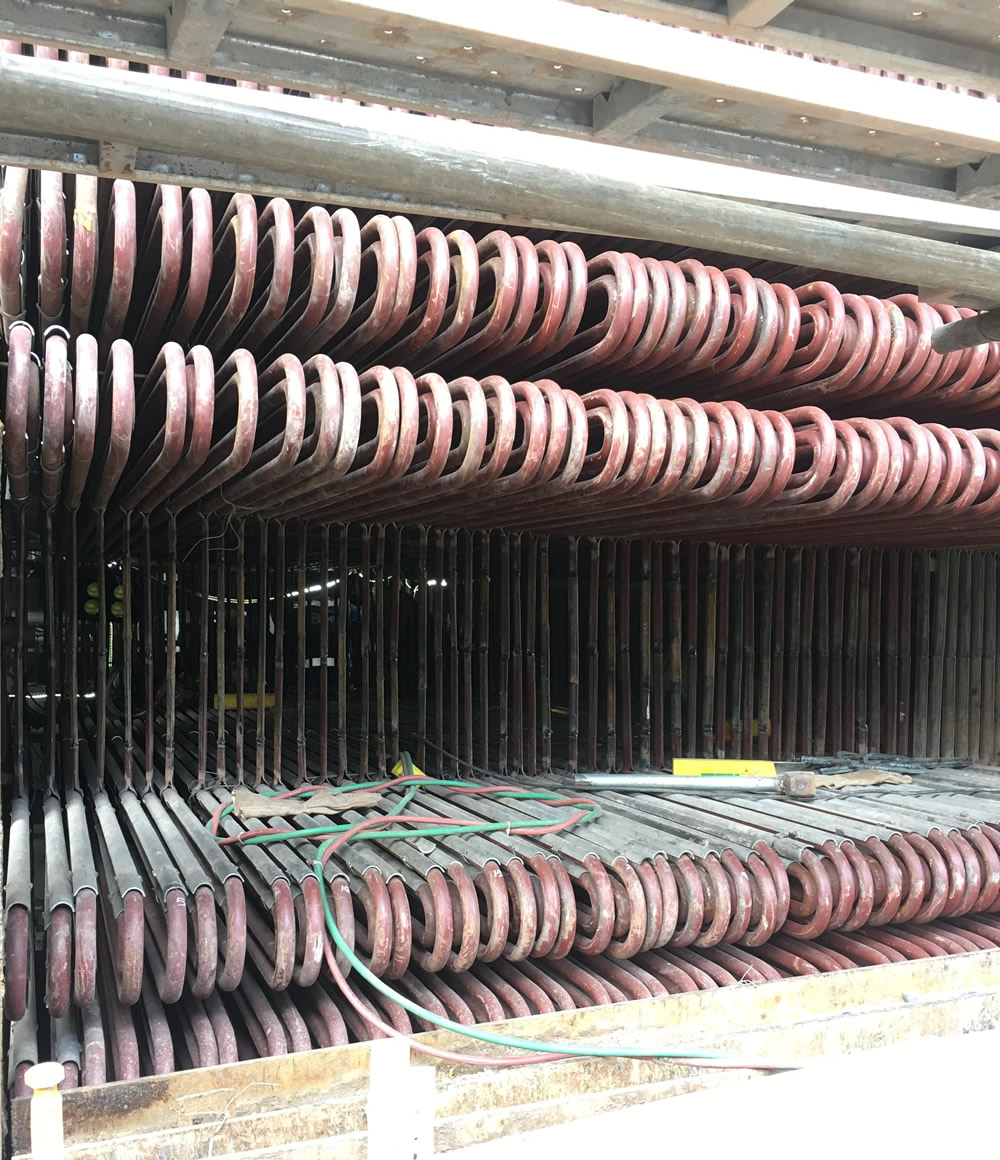
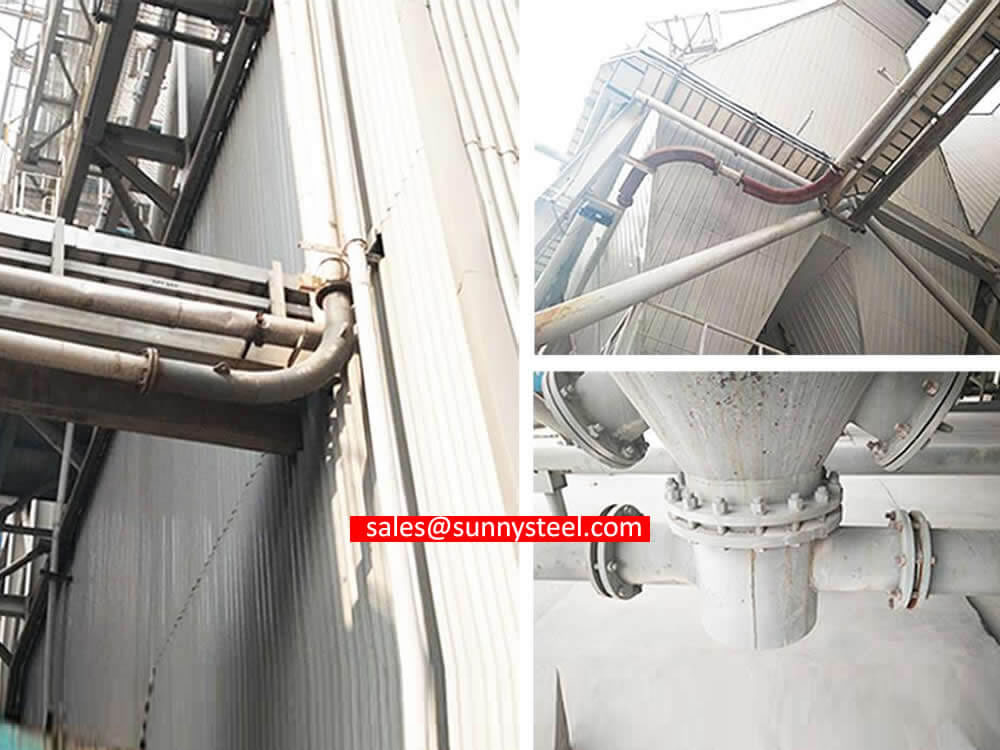
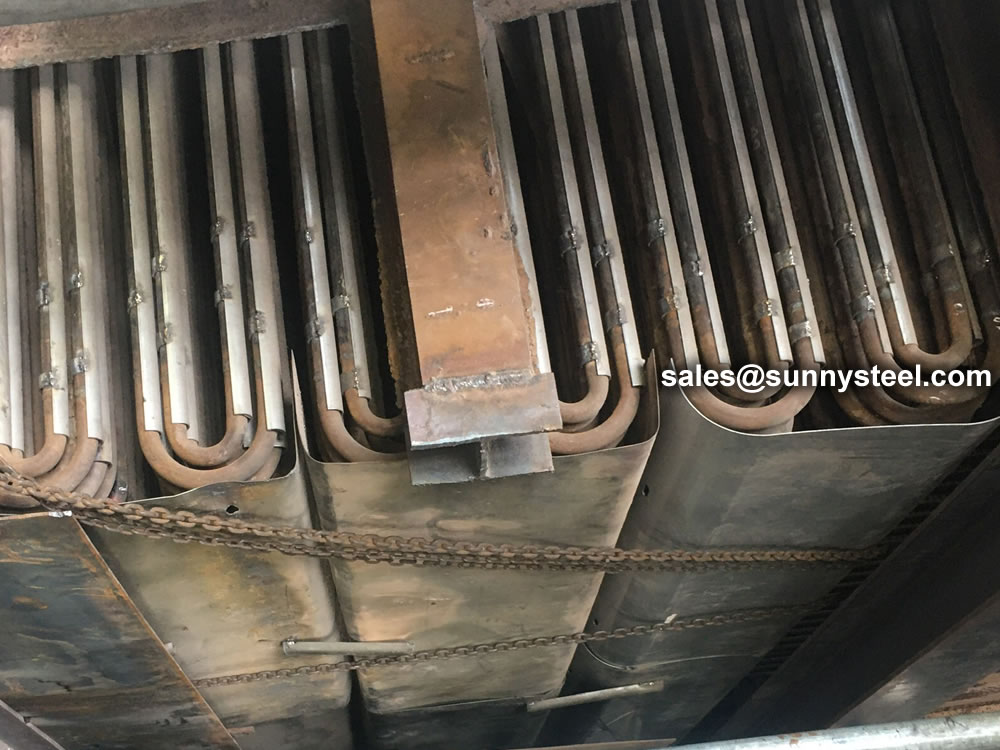
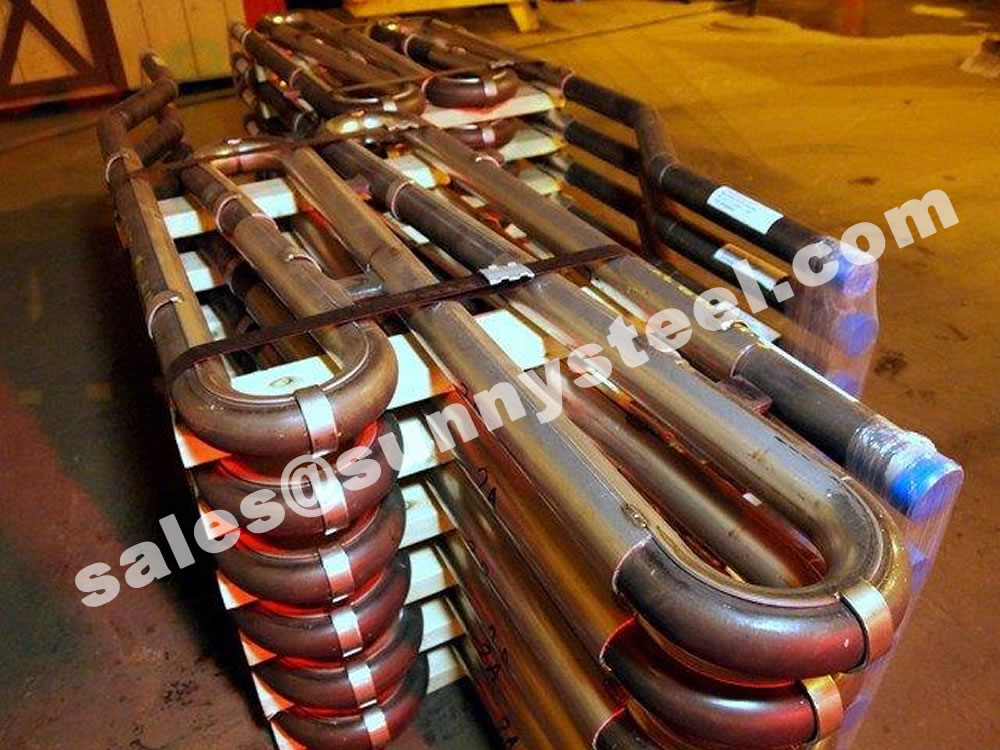
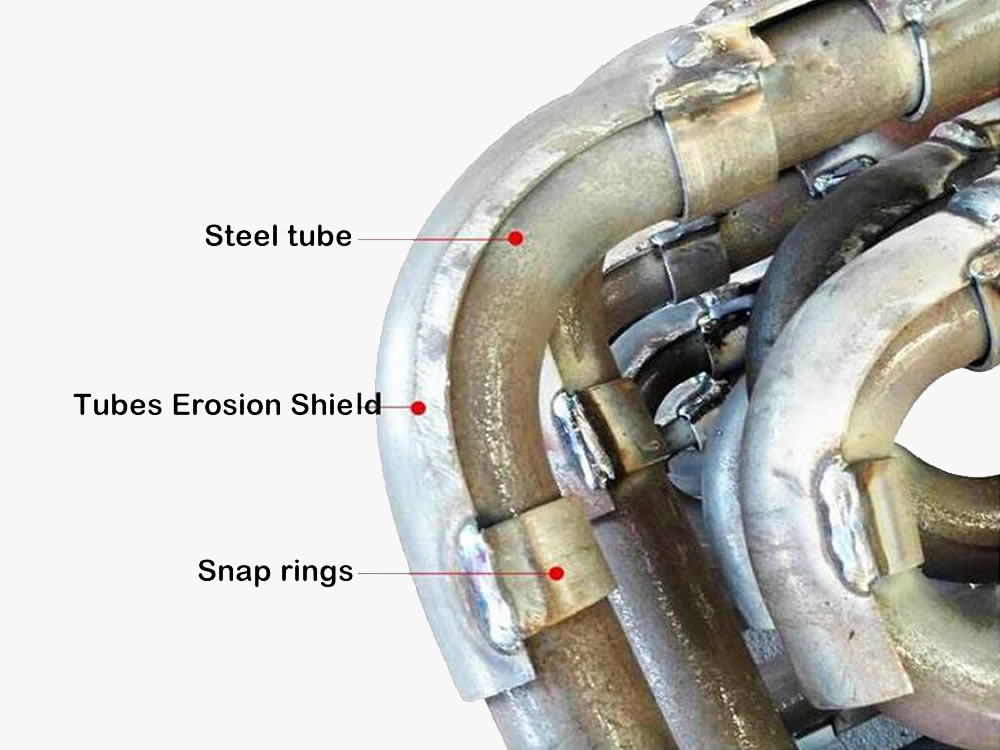
Generally, boiler tubes erosion shields are also installed to prevent further wear of the tubes and cause serious consequences such as boiler explosion.
The main role is to protect the heating surface of the boiler pipes, reduce pipeline wear, and increase the heating surface of the pipes.
The snap ring is a short section that is installed on the pipe in conjunction with the wear-resistant tile. Generally, it is welded to the wear-resistant tile by lap welding, that is, to cover the wear-resistant tile slightly, so it is larger than the wear-resistant tile. The opening arc is around 190-200 degrees, the welding position needs to be set aside to facilitate welding and fixing. The width of the snap ring must not be less than 20mm.
The installation requirements of anti-friction tiles of different shapes are slightly different. Basically, each anti-friction tile is installed with not less than 2-4 snap rings. The snap ring and the anti-friction tile are welded together to prevent expansion due to heat. The tiles fall off, and the joints are required to be fully welded.
Generally, boiler tubes erosion shields are also installed to prevent further wear of the tubes and cause serious consequences such as boiler explosion.
The main role is to protect the heating surface of the boiler pipes, reduce pipeline wear, and increase the heating surface of the pipes.

When you partner with Sunny Steel, you can stop worrying about meeting deadlines thanks to our responsive and timely service. You'll also say goodbye to unnecessary shopping around. Instead, you'll get white glove service from an expert who understands your needs and can get you the materials you need quickly.
